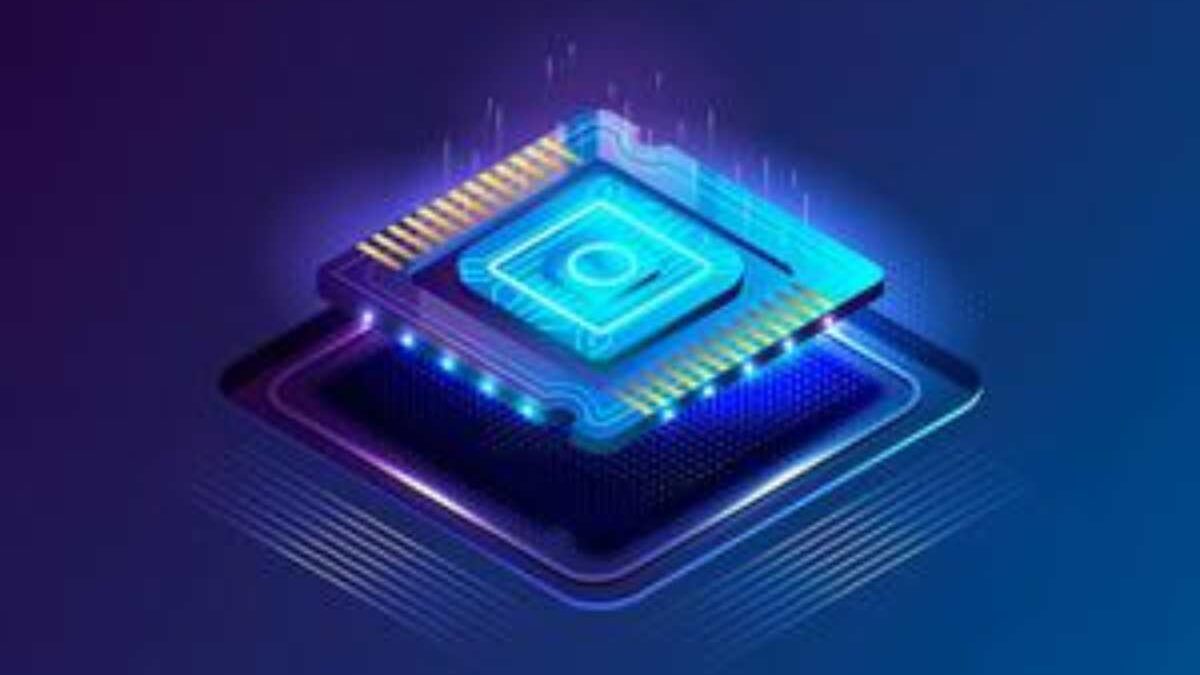Essential Elements of Processor – The logic circuit that reacts to and processor the fundamental commands that power a computer is known as a processor (CPU). Ithmetic activities are also carried out by CPUs, which also issue instructions to other chips and also parts of the computer.
Table of Contents
Essential Elements of Processor
- Although technically speaking, the central processing unit (CPU) is not the only processor in a computer.
- The most prominent example is the GPU (graphics processing unit), but the hard drive and also other components inside a computer also carry out some tasks independently.
- PCs, smartphones, tablets, and other computers all have processors. Intel and AMD are the two main rivals in the processor market.
The Essential Elements of a Processor
The essential elements of a processor include:
- The arithmetic logic unit (ALU) performs arithmetic and logical operations on the operands.
- Registers, which contain instructions and other data. The registers supply operands to the ALU and store the results of the operations.
- L1 and L2 cache.
Different types of processors
1. Microprocessor
- An embedded microprocessor denotes the basic procedure of the system in embedded systems.
- Different companies implement several types of microprocessors on the market.
- The microprocessor is a standard processor consisting of an ALU, a control unit, and a set of control registers, status registers, and temporary registers.
- It can be on-chip memory; some interfaces can interact with the outside world through interrupt lines, and some can be memory ports and registers to interact with the outside world.
- One or two microprocessors can be merged to form a multiprocessor. The processors share input and output operations and recall.
2. Microcontroller
- The microcontroller is standard and available in different sizes and packages.
- Which is why they are called general-purpose input-output processors (GPIOs).
- Some of the microcontrollers are Microchip P1C16F877A, Microchip Atmega328, Microchip P1C18F45K22, Microchip P1C16F671, and Microchip P1C16F1503.
3. Embedded processor
- The embedded processor is structuring to control electrical and mechanical functions.
- Reset, power supply, data memory, interrupt controller, clock oscillator systems, interface circuits, specific circuits, and application ports and circuits. System.
4. Digital signal processor
- The digital signal processor filters, measures, and composes analog and digital signals.
- Signal processing means the manipulation and analysis of digital signals. This process can be doing using an application-specific integrated circuit.
- A digital signal processor, a field programmable gate array, or it can be a computer to achieve a different signal.
- Processors in DSP are used for barcode readers, oscilloscopes, printers, and mobile phones.
- These processors are used for fast, implicit real-time applications.

